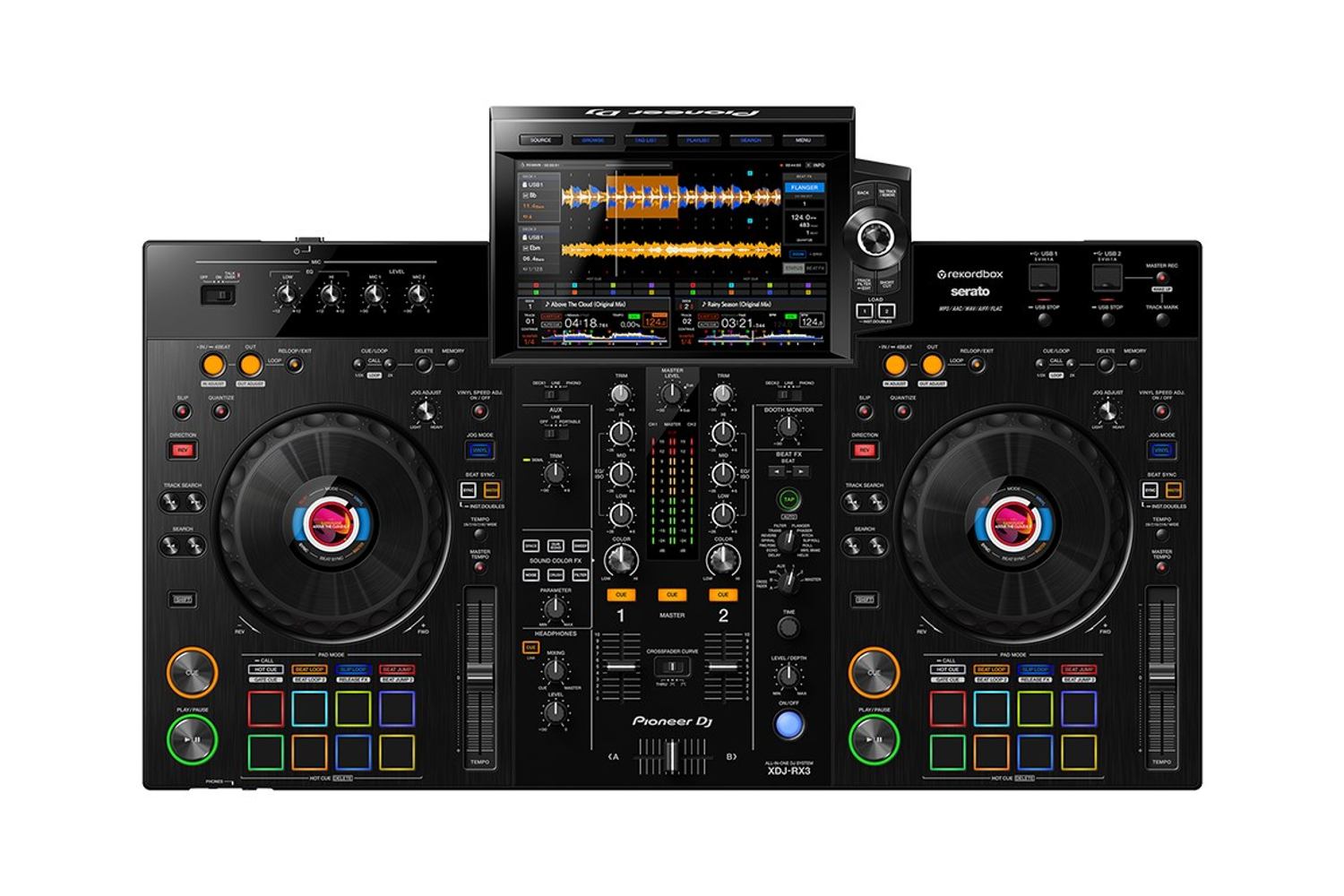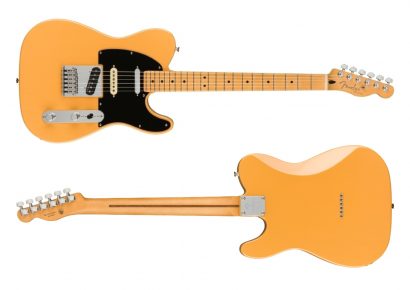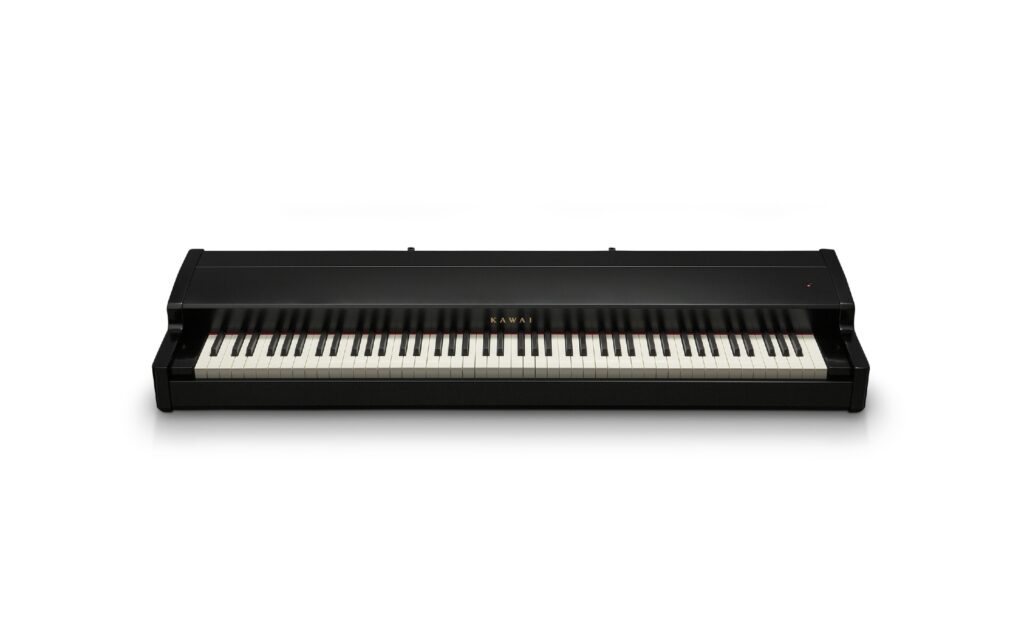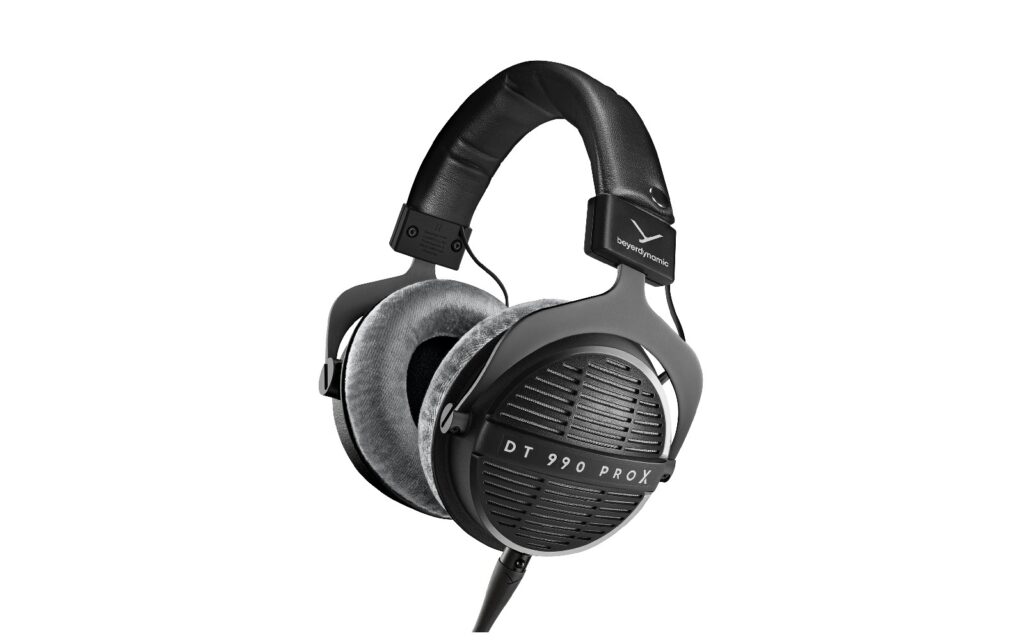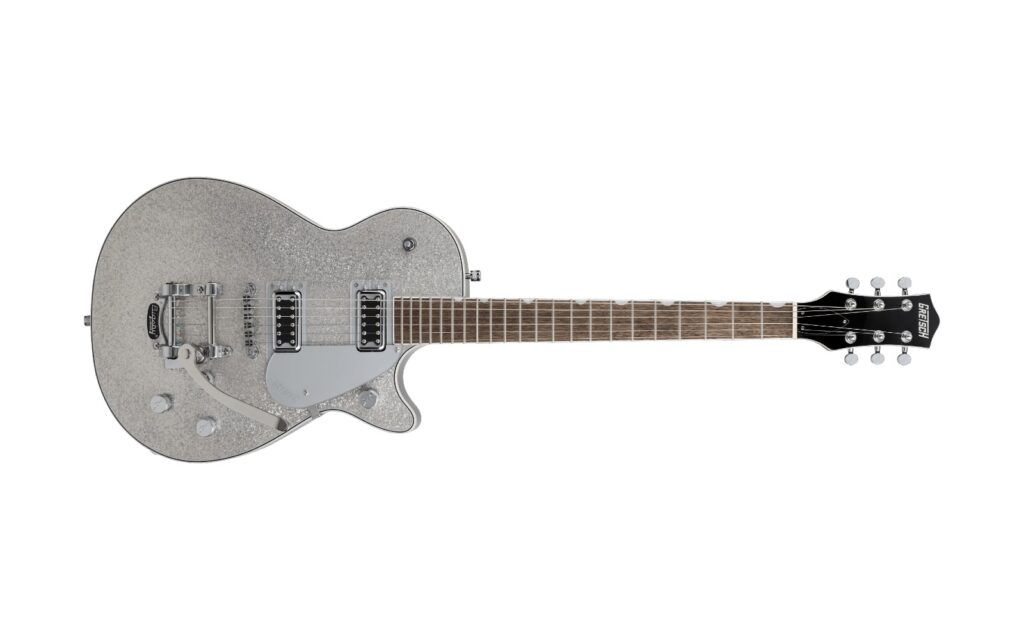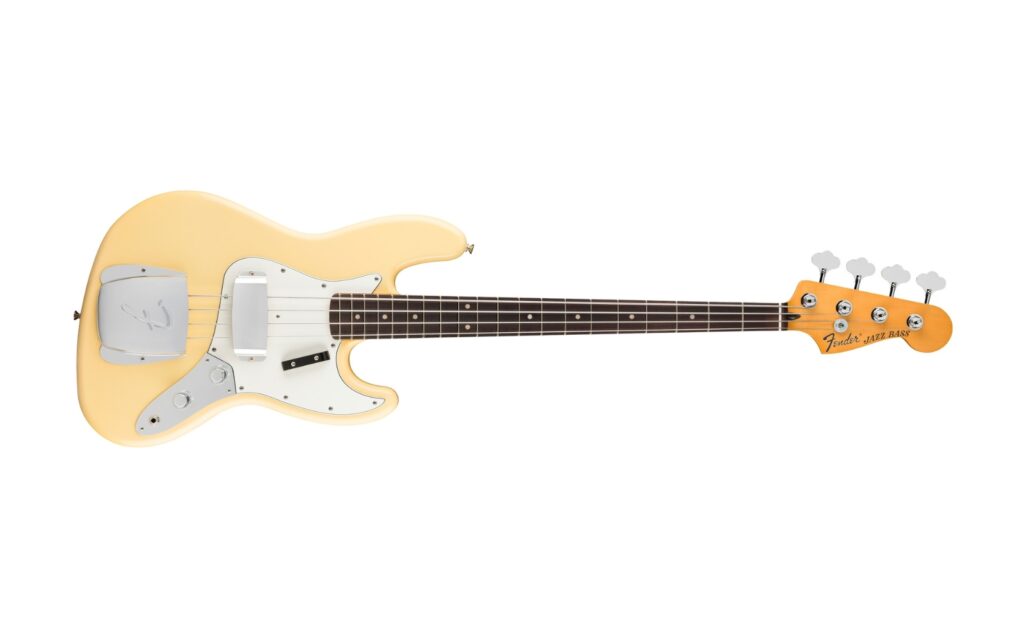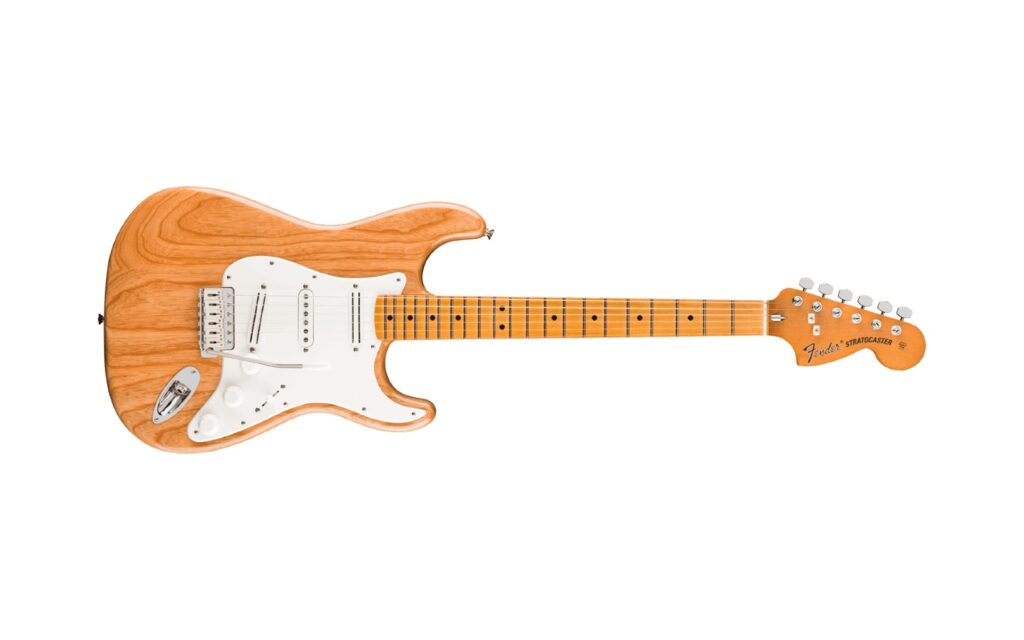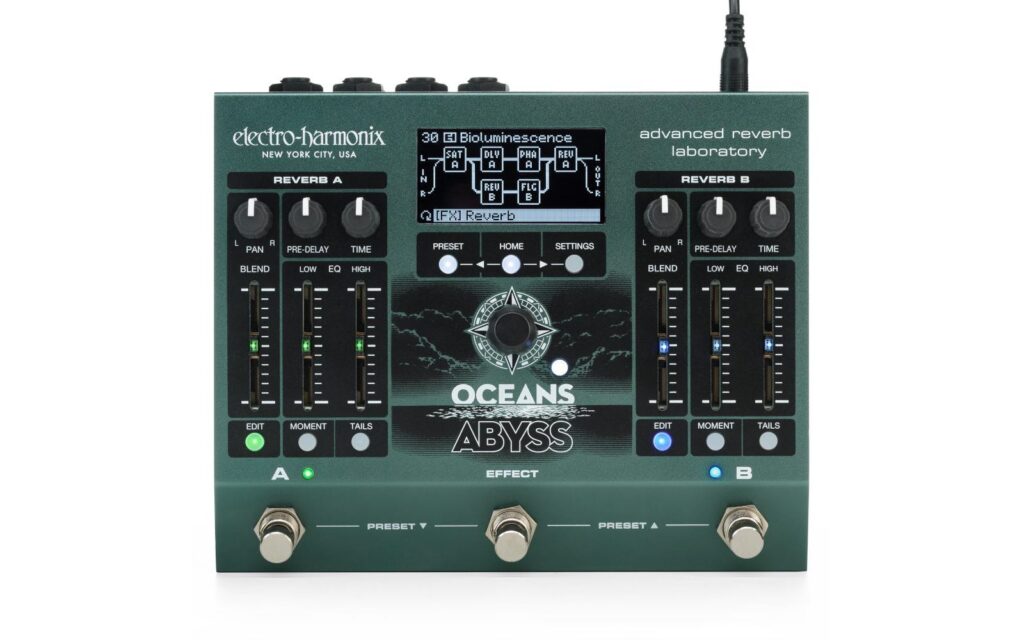Jands | Enquire for pricing
For those familiar with the RX3’s predecessor, the RX2, will immediately be comfortable with the size and format of the RX3, with a near identical chassis. However, the brushed metal decks contrasted with the jet black mixer section immediately stands out, looking slick and pro.
Read more product reviews here.
Firstly, we have to talk about the most glaringly obvious, the newly designed 10.1” touch screen. Not only does the colour, depth, and dimension of the screen immediately impress, but how it sits at the top of the mixer commands attention and entices the users into getting hands on straight away. Diving into the menus and scrolling through playlists is an absolute breeze, with the clear layout and formatting taken directly from the CDJ-3000, keeping things familiar to existing Pioneer DJ users. The screen is now able to show more information of each track, being able to display 12 tracks on screen, opposed to the previous eight tracks on the RX2.
With a deep and bold waveform display, the overview section of the screen is lush and packs in all the relevant track info one would expect to see, with the waveform displayed on the top of the screen showing the 3-band EQ waveform, also taken from the CDJ-3000. This can of course be changed back to the old school blue waveform or RGB setting if required. For those who have analysed a song with the phrase feature within rekordbox, will be able to have this info displayed on screen too. The overview part of the screen can also be used as a needle search, which then displays on the waveform above, making searching through a track quick and concise.
A standout new feature of the screen lies with the status or beat FX modes. When in status mode, the dedicated part of the screen corresponds to the selected performance pad modes (more on these shortly) and are conveniently displayed on screen, such as hot cues or beat jump divisions. Jumping across to beat FX mode is where things get particularly interesting. Scrolling through the beat effects within the mixer section and landing on a favoured effect, this can be tweaked and then saved to one of the four available banks on the left of the screen. In essence, this saves effects presets which can be accessed with a tap of a finger. This is worth its weight in gold when needing to apply favourite effects on the fly, perhaps in quick succession in a track, it’s pretty dope! Lastly, in beat FX mode, on the right side of the screen lies the X-pad, much like that of the DJM-900’s, which feels great, is nice and responsive and conveniently located on the screen.
Diving through playlists is lightning fast with a new playlist feature, ‘Playlist Banks’. This allows playlists to be saved into the four available banks and are able to be navigated between with speed and ease. This is super useful if scrolling through endless folders and playlists on a USB during a set isn’t your thing. Instead, you can quickly scroll, find your desired playlists, save to an available bank/s and are then immediately accessible directly on the left of the screen. A tiny gripe with this feature is that the banks aren’t named after their corresponding playlists, so you either need to remember what playlist you put where or quickly select a bank to see what playlist it is. Four playlist banks are available for each of the two USB slots, but playlists from each USB slot can’t be moved over to the other USB bank. Again, a minor inconvenience but perhaps something that could be updated in the future.
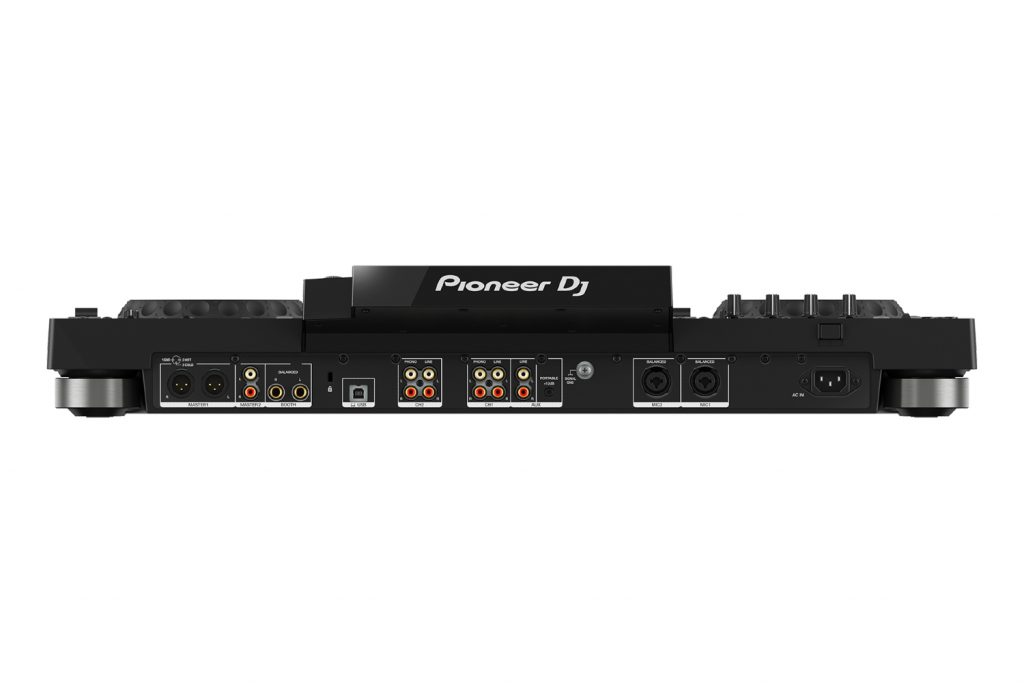
The freshly upgraded performance pads bring some tasty new features and functionality. Being slightly more protruded than previous iterations with bold coloured rims, the eight performance pads per channel each have an additional mode each, making an epic 16 modes per channel available. These modes include hot cue/gate cue, beat loop/beat loop 2 (triplets, odd time signatures), slip loop (traditional roll)/release FX (for additional builds and energy into sets, beat jump/beat jump 2. There’s heaps of performance options here, allowing for a tonne of creative ideas, builds, and transitions at the hit of a pad. Seeing a feature such as gate cue come into a Pioneer DJ product like the RX3 is a welcomed addition and one Serrato DJ Pro users or DJ’s who enjoy using performance pads to finger drum, will surely find this new feature most appealing.
The updated mixer section is comprehensive, concise and really nicely laid out. Within the headphone section is a dedicated cue button, allowing for auditioning of tracks within headphones super fast and easy. Other new and updated features in the mixer section include a handful of additional beat FX and two new sound colour FX, taken directly from the club-standard DJM-900NXS2 mixer. The metering displays look great and also and the overall layout is really easy to navigate.
The brand new jog wheels have some flashy new features including in-built displays. The displays on each jog wheel can display custom images from tracks taken from the root directory of a connected USB stick, a nice feature allowing users to really make the XDJ-RX3 uniquely their own. The jog wheels themselves are beautifully smooth, elegant and are the same size as its predecessor, essentially being the same as those found in the DDJ-800. As expected, the jog wheels are not mechanical like CDJ’s, but are rather capacitive controller jog wheels and can be adjusted between heavy and light weight and feel.
Overall the XDJ-RX3 packs some serious punches and brings professional and classic Pioneer DJ class to one of the most highly anticipated DJ products of the last few years.
Head to Pioneer DJ’s website for more information. For local enquiries reach out to Jands.
